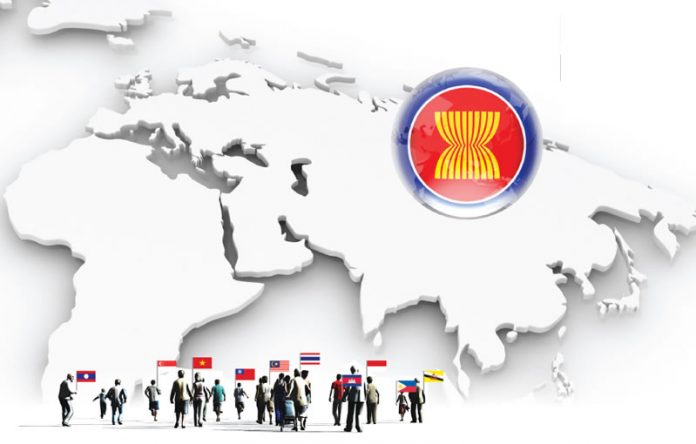As noted in the last issue, while the Asean Economic Community (AEC) has entered its 18th month of existence, there’s really not a lot of material published about what is happening within the community with most interest still revolving around Asean itself.
In May, the Finance Ministers and Central Bank Governors of Asean, China, Japan and Korea (ASEAN+3), convened their 20th meeting, in Yokohama, Japan. The President of the Asian Development Bank (ADB), the Director of ASEAN+3 Macroeconomic Research Office (AMRO), the Deputy Secretary General of ASEAN, and the Deputy Managing Director of the International Monetary Fund (IMF) were also present.
Apart from being generally upbeat about their own economies, they were also optimistic about the cyclical return to health of the global economy as well.
The ministers reaffirmed their ‘commitment to structural reforms that will lift potential growth of the region and enhance member countries’ resilience. These reforms should be appropriately tailored, prioritized and sequenced, depending on country-specific circumstances. We will continue to adopt the appropriate policy mix to achieve balanced growth and financial stability. We will carefully calibrate and clearly communicate our macroeconomic and structural policy actions, including the use of macro-prudential measures, to reduce policy uncertainty, minimize negative spillovers and promote transparency.
The ministers stated they ‘recognized the importance and benefits of open capital markets and of improving the system underpinning international capital flows while continuing to enhance the monitoring of capital flows and to strengthen the management of risks stemming from excessive capital flow volatility. An open and resilient financial system is crucial to supporting sustainable growth and development.
Strengthening the Regional Financial Cooperation Chiang Mai Initiative Multilateralisation (CMIM) was also a key plank in the May meeting with the final communiqué noting ‘It is encouraging…that the CMIM, with its current size of USD 240 billion, is at the center of our regional financial safety net, complemented by the network of bilateral swap arrangements in the region amounting to more than USD 160 billion.’ The ministers ‘affirmed our commitment to further strengthen the CMIM as an essential part of the regional financial safety net…[and] noted that the CMIM also contributes to a stronger global financial safety net with the IMF at its center.
The ministers stated they were pleased with the progress of the ASEAN+3 Macroeconomic Research Office (AMRO), seeing it as contributing ‘to the region’s macroeconomic and financial stability, by delivering high quality and original surveillance to member economies, and providing strong support for the CMIM. We continue to support AMRO in enhancing its surveillance and organizational capacity to fulfill its mandate as an independent, credible and professional regional organization acting as a trusted policy advisor to members in the ASEAN+3 region.











